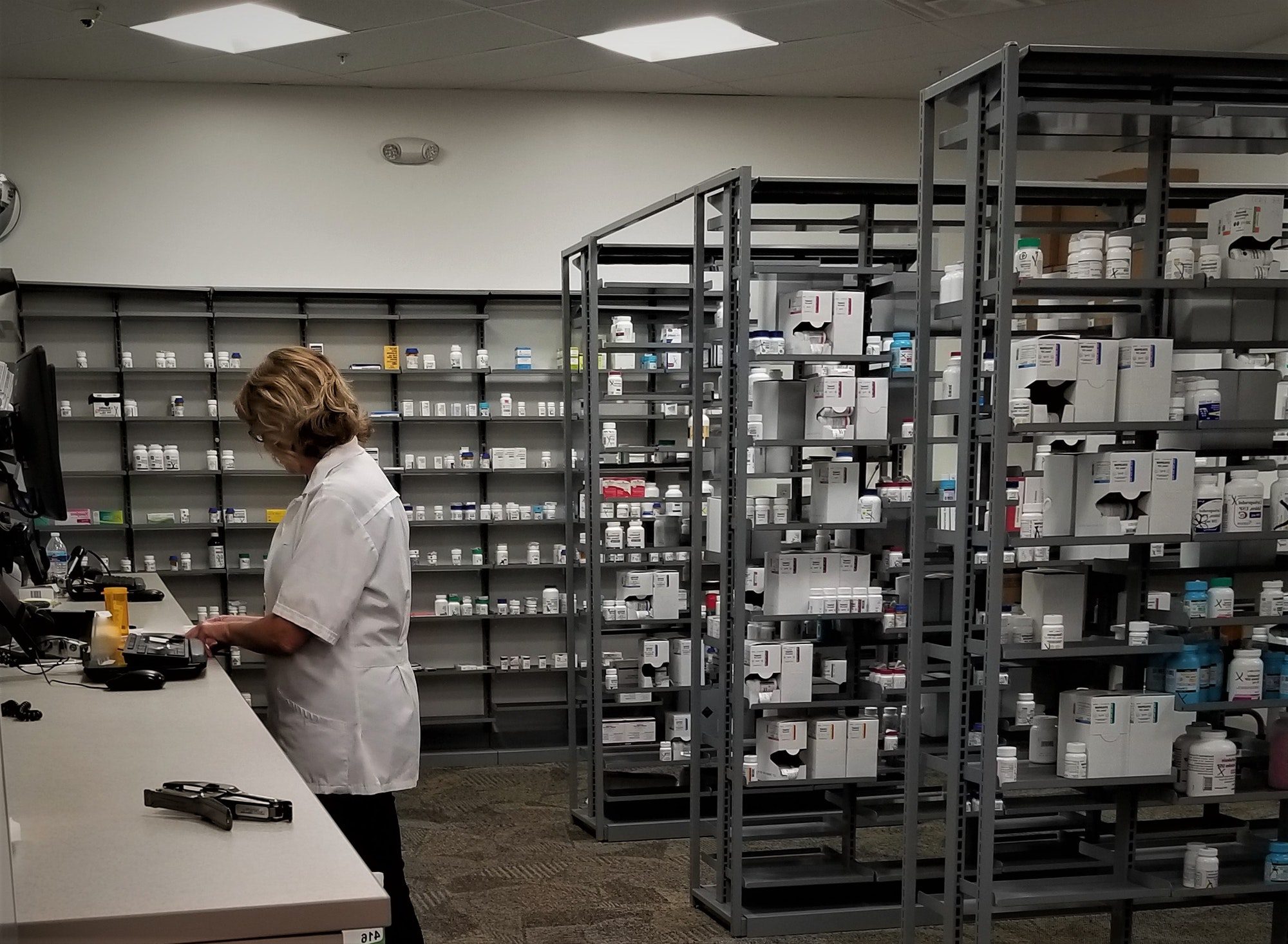Jesse Smedley
Jesse Smedley is the Principal Broker for iHealthBrokers and the founder, president, and CEO of Smedley Insurance Group, Inc. and iHealthBrokers.com. Since the inception of SIG in 2007, Jesse has been dedicated to helping people save money on their health insurance by providing them with resources to educate themselves on all their health insurance options, both under age 65 and Medicare beneficiaries. He is featured in many publications as well as writes regularly for expert columns regarding health insurance and Medicare.
- Jesse Smedleyhttps://ihealthbrokers.com/author/jsmedley/
- Jesse Smedleyhttps://ihealthbrokers.com/author/jsmedley/
- Jesse Smedleyhttps://ihealthbrokers.com/author/jsmedley/
- Jesse Smedleyhttps://ihealthbrokers.com/author/jsmedley/
Why is marketplace health insurance so confusing? It’s a question that we get asked a lot! So, let’s try to simplify it.
HMO, PPO & EPO
On the marketplace, you can choose from HMOs, EPOs, and, very rarely, PPOs.
HMOs will usually offer you the lowest monthly premium. However, you must have a PCP, you will need referrals for a specialist, and you can only go in the network. So, it is the least expensive option with the least flexibility and the least control over your healthcare decisions.
PPOs will offer you the most flexibility but usually at the highest cost. No need for a PCP or referral and you can go in and out of network.
EPOs are somewhere in between. A middleground with cost, no PCP or referrals needed, but only in network benefits.
Of course, in the case of a true medical emergency, you will still be able to go to an out of network hospital for emergency treatment.
Metal Tiers
Then there are metal tiers. These can be especially confusing to anyone enrolling in a marketplace plan. There are four metal tiers.
- Bronze
- Silver
- Gold
- Platinum
These names have nothing to do with the quality of the plan or the benefits offered. They simply refer to the cost share.
When paying coinsurance for a given service or product, you may have to pay coinsurance. So you will pay a percentage of the cost. This is different from a copay, which is a fixed amount.
Generally speaking, the metal tiers break down as such:
Bronze: 60/40
Silver: 70/30
Gold 80/20
Platinum: 90/10
Usually, gold plans will have lower monthly premiums, and platinum plans will have higher monthly premiums.
Benefits
All plans must offer at least the ten essential benefits. These can be viewed on healthcare.gov
However, plans may choose to offer additional benefits to attract beneficiaries. Many of these services are offered at no cost. But, when comparing plans, it is very important to compare the costs for services that are not free.
Costs
As far as costs, there are several key figures to take into consideration:
- Premium
- Deductible
- Copays/Coinsurance
- OOP Max
Your premium is the amount you pay on a monthly basis to keep your insurance active. You may qualify for a premium tax credit based on your income and household size.
Healthcare.gov will ask you to estimate your MAGI or modified adjusted gross income for the upcoming year. If you qualify for a premium tax credit you will see a significant discount applied to your monthly premiums when comparing plans.
Although it can be difficult to estimate your income for the upcoming year, it is important to be as accurate as possible. Overestimating may result in a large tax refund but underestimating may result in a large and unwelcome tax bill!
If there are changes in your MAGI or household size throughout the year, make sure to update your information on healthcare.gov.
Your deductible is the amount that you have to pay out of pocket before your insurance begins to contribute. There is often an inverse relationship between premiums and deductibles.
Usually, plans with higher monthly premiums have lower deductibles and plans with lower monthly premiums have higher deductibles.
A person with more extensive health needs may benefit from a plan with a lower deductible but higher monthly premiums. A person looking to take advantage of just the basic benefits may be able to save money by purchasing a high-deductible health plan. As a side note, if you are interested in a health savings account (HSA) they are only available with high deductible health plans (HDHP).
Then there are copays and coinsurance. Copays are fixed amounts. Coinsurance is a percentage of the cost or service.
Finally, there are out of pocket maximums. This is basically a financial cap on your yearly healthcare spending. This is to protect you from major medical debt. Your plan will keep track of your spending, and if you hit this financial threshold, your plan will take on the remainder of your in-network expenses for the year.
Enrollment
Generally speaking, open enrollment is Nov. 1-January 15, although it can vary slightly depending upon your state. You can enroll through healthcare.gov or your state’s individual marketplace if applicable. You can also work with an agent of the carrier or a broker. Remember, you will not pay more or less by working with an agent or broker or using healthcare.gov. Some brokers may charge an additional fee for their services, but many do not.
You can also enroll during a special enrollment period if you qualify. There is a rather long list of qualifying life events. These can be found on healthcare.gov. They basically boil down to:
- A change in household size
- A change in location
- A loss of health insurance
Questions? Call iHealthBrokers. Our services are 100% FREE










